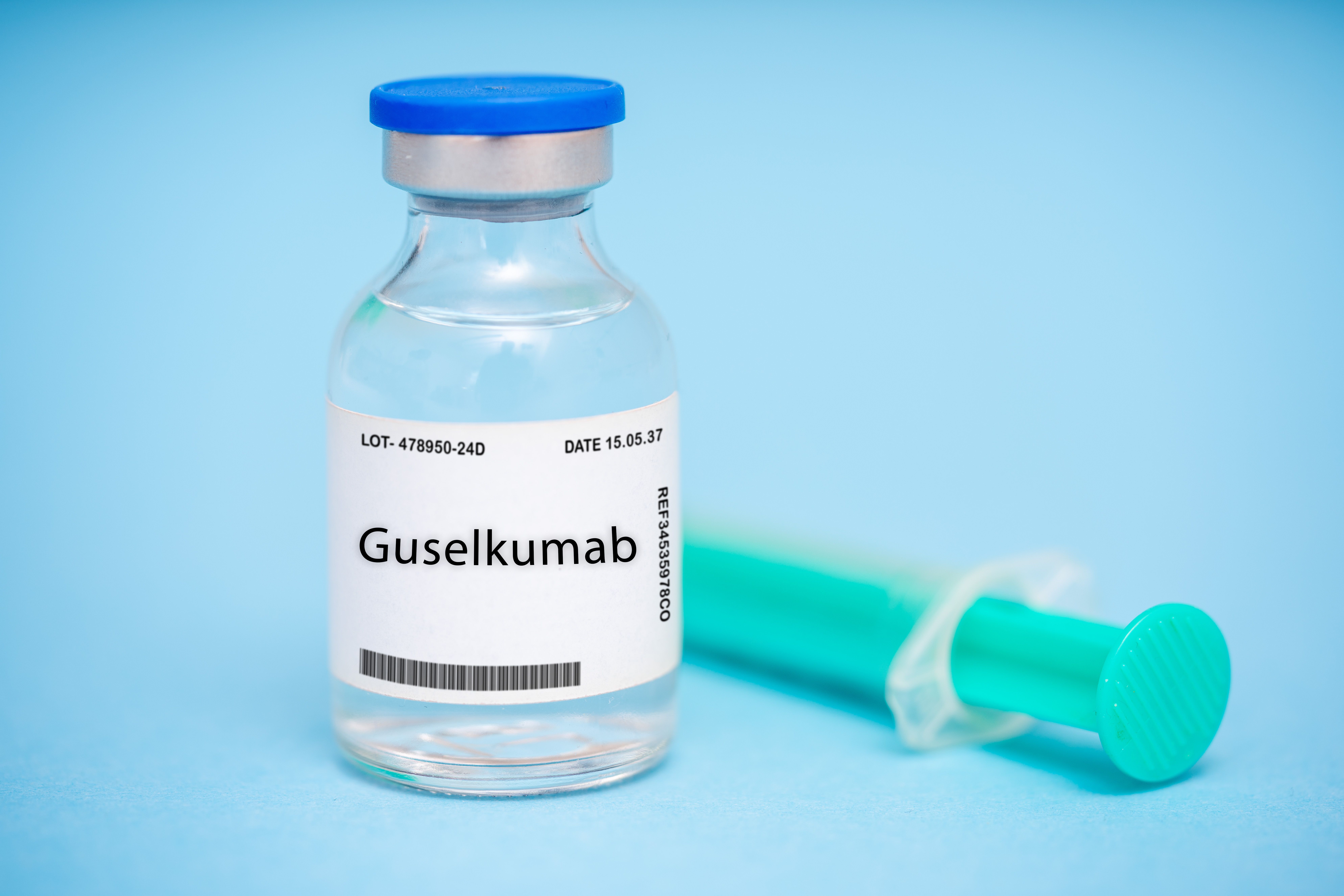Video
Final Thoughts on Approach to Multiple Myeloma Treatment
Ola Landgren, MD, PhD: All right. This was an extremely informative discussion. Before we end the discussion, I’d like to get some final thoughts from each of our panelists. John?
John Fox, MD, MHA: Well, thank you very much, Ola, for having me here today. This has been a lot of fun, this conversation. I’m a pediatrician by trade. I’m not an oncologist. I can pronounce drug names, and that’s about as far as it goes. But what has impressed me about this conversation is that the more options we have, the less we know about what optimal therapy is.
We talked about the need for more predictive indicators of who is going to be a long-term responder and a long-term survivor, or when can we stop therapy. What’s the role of transplant in this new era when we’re hitting a very high MRD [minimal residual disease]-negativity with initial induction therapy? These are all questions that need to be answered. The fact is we’re going to continue to pay for these very high cost regimens, and the onus is on us to try and understand how we optimize the outcome and minimize the financial toxicity to patients and the financial cost to society as a whole. I’m excited about the opportunities, but there are lots of challenges ahead. The more information we’ve had, the more questions arise as to how we produce the best outcome at the best value.
Ola Landgren, MD, PhD: Sundar, what’s your take?
Sundar Jagannath, MD: Well, I’m seeing patients in the clinic every day, and I’m seeing patients with myeloma. My perspective is that there are 3 areas where this is an exciting time to be in the field of myeloma and taking care of the patients. Why I say that, is number 1, our understanding of the biology of the disease is improved—understanding the tumor biology, the tumor microenvironment with the latest CyTOF [mass cytometry] and other technology that has come.
Second, is there is a number of new drugs. We talked about all the different combinations we could use—monoclonal antibodies, proteasome inhibitors. A new drug, selinexor, just got approved, and there is a future with bispecific antibody and CAR [chimeric antigen receptor]-T cell therapy. It is a watershed period, and more patients would be cured. It is easier to approach a newly diagnosed patient with myeloma now than say 15 years ago. That’s the second aspect of it.
The third aspect is the development in understanding the depth of response. Before, we were looking at the serum protein electrophoresis, and we always said the tip of the iceberg, as long as the tip disappeared, we were happy. Now we are actually able to see the entire iceberg, the entire depth. So we are able to utilize these new drugs to the maximum benefit, and we actually eradicate the cancer in the patient and follow them. The development in understanding the biology, multiple new drugs available, the future is even brighter, and the technology to understand the depth of response—all of them have come, and that makes it very exciting.
Ola Landgren, MD, PhD: That was an excellent summary. Thank you all for your contributions to this discussion. On behalf of our panel, we thank you for joining us, and we hope you found this Peer Exchange discussion to be useful and informative. Thank you very much.




